
Pearl
Story by Dacia Whaul Photos by Arian Browne If you are not a lover of the overwhelming pace of city life and the doctor has ordered some time in a serene environment, then Pearl must be on your list of places to go.
For close to seven years now reporters attached to this newspaper have gone to various communities in all ten regions of Guyana, seeking to shed light on their customs, way of life and issues. Recognising that for a very long time, many of the far-to-reach places were out of sight and in several instances out of mind as well.

Story by Dacia Whaul Photos by Arian Browne If you are not a lover of the overwhelming pace of city life and the doctor has ordered some time in a serene environment, then Pearl must be on your list of places to go.
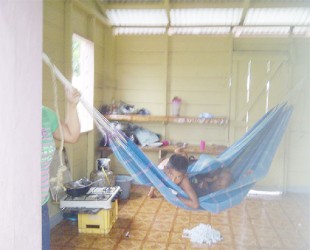
Whitewater Village is a community in Region One, Barima-Waini, just a few miles from the border with Venezuela.
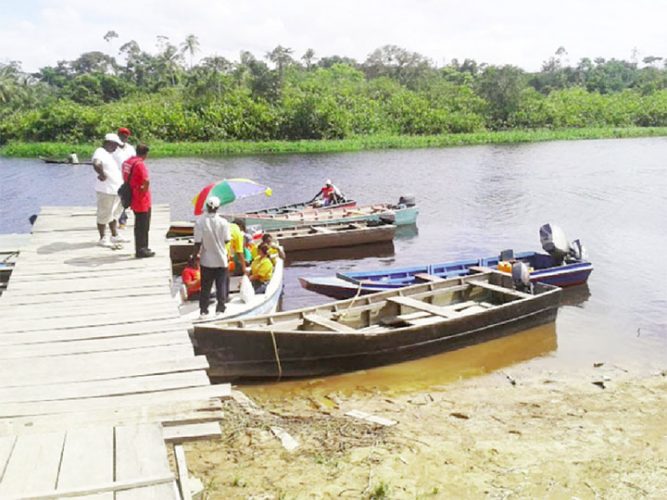
Story and photos by David Pappanah Baracara is a predominately African community that is located approximately fifty miles up the Canje River.
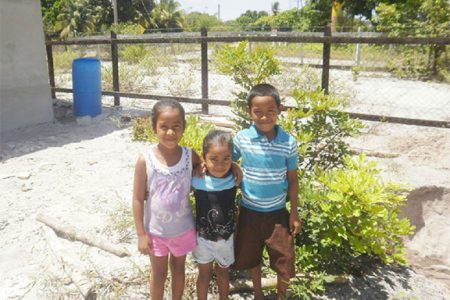
Story and photos by Kenesha Fraser When Sunday Stabroek journeyed into Lima Sands, a village of about 800 inhabitants behind Anna Regina in Essequibo, the trail used by the villagers was deserted.
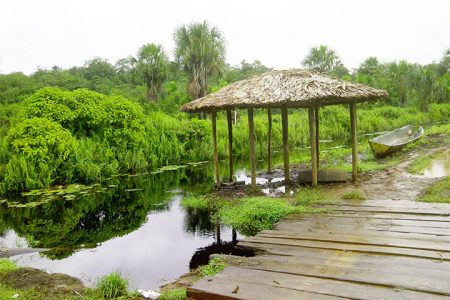
Story and photos by Mario Joseph Deep in the North West District, Region One, in a world far beyond Georgetown, there lies a lush, green, remote village called Tobago Hill.
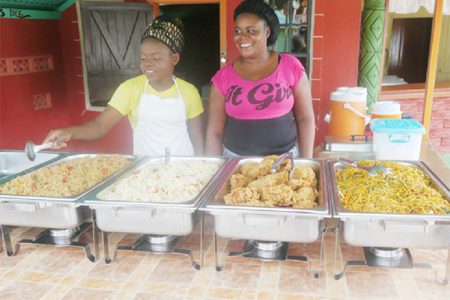
Most of the residents of the close-knit community of No 5 Village, West Coast Berbice are engaged in business from selling iguanas and water coconuts to running food stalls by the roadside.
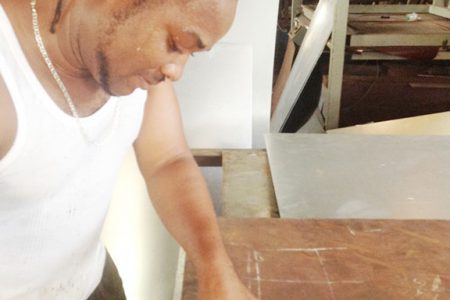
Story and photos by Desilon Daniels The villages of Plaisance and Sparendaam, situated between Better Hope and Goedverwagting on the East Coast of Demerara, are so closely intertwined, even the villagers don’t distinguish them.
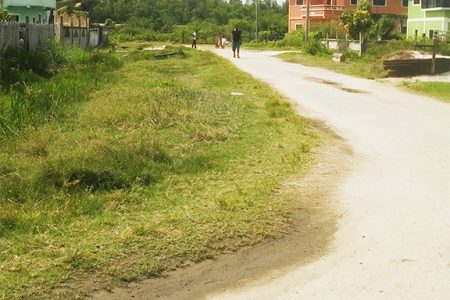
Story and photos by Dacia Whaul Originally a rice field, Belfield lies16 miles from the capital city between Nooten Zuil and Victoria on the East Coast Demerara.
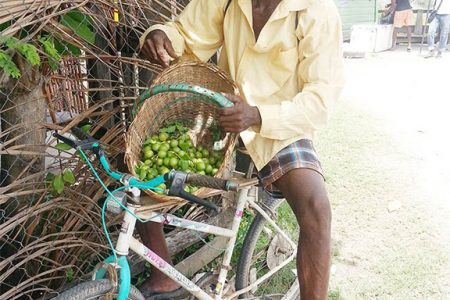
Story and photos by Samaria Deonauth The blooming gardens of Bachelor’s Adventure are pleasing to the eye.
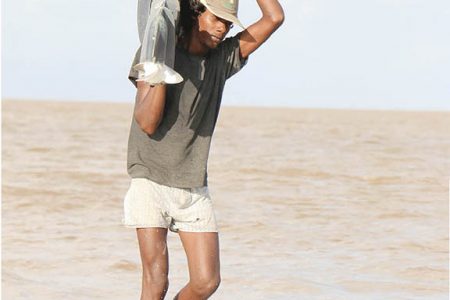
Story and photos by Kenesha Fraser Hampton Court, a predominantly East Indian village located between Devonshire Castle and Windsor Castle, is well-populated but most of the people who live there, Sunday Stabroek was told, “don’t like publicity.”
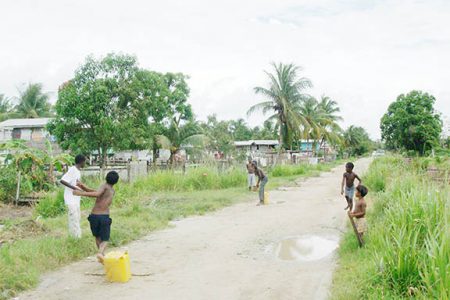
Story and photos by Mario Joseph Whether it’s a hot sunny day or a cool afternoon, sweet ripe coconut water is always on sale at Priestman’s coconut stall on the edge of Friendship, on the East Bank of Demerara.

Story and photos by Shabna Ullah Even with a small population, Number 6 Village/Bel Air, West Coast Berbice is booming with businesses and boasts beautiful modern houses.

Story and photos by Jeanna Pearson Acres of canefields and tractors line the access roads of many villages on the West Bank of Demerara, but there is something different about La Retraite that causes villagers, especially the younger folks, to remain in the place of their birth.
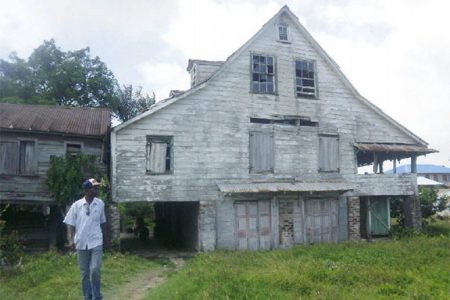
Story and photos by Kenesha Fraser Following emancipation, some white planters made quick money by selling the front lands of their estates to African labourers.

Story and photos by Dacia Whaul The small village of Barnwell has a population of less than two hundred people accommo-dated in houses dotted along the East Bank Essequibo public road.
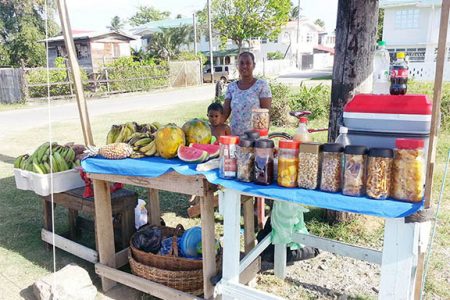
Story and photos by Samaria Deonauth Sandwiched between the much larger villages of Mon Repos and Beterverwag-ting is the breezy little settlement known as Triumph.
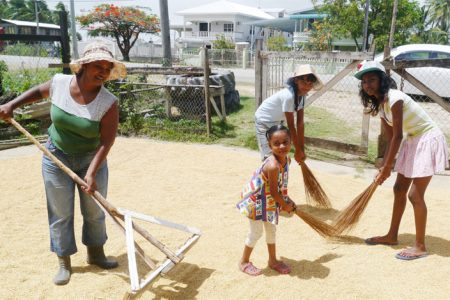
Story and photos by Shabna Ullah Rice was very much in evidence at Tempe, West Coast Berbice with some farmers drying paddy in their yards or on the roadways.
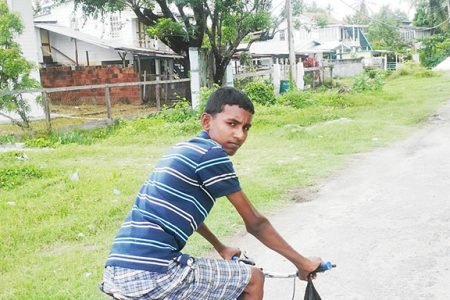
Story and photos by Dacia Whaul Like many of its sister villages on the West Coast of Demerara, De Kinderen was “bare bush” when locals and foreigners began to cultivate the land.
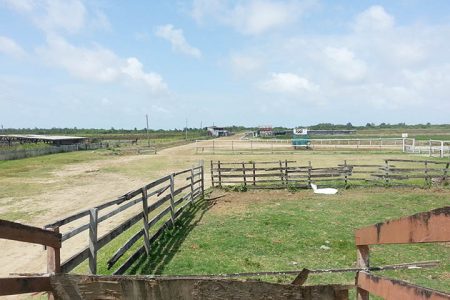
Story and photos by Desilon Daniels and Samaria Deonauth Sandwiched between Washington and Seafield/Number 42 Village, the small village of Rising Sun on the West Coast of Berbice is a community of close familial ties.
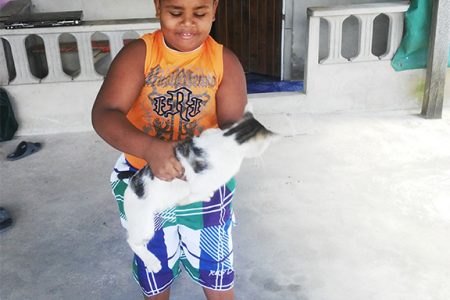
Story and photos by Dacia Whaul Drawn by the hope of a better life, approximately fifty-four farmers and their immediate families migrated from across the three counties of Guyana, to the Belle Vue Pilot Scheme, a co-operative venture, which is now known as Belle Vue Village.
The ePaper edition, on the Web & in stores for Android, iPhone & iPad.
Included free with your web subscription. Learn more.